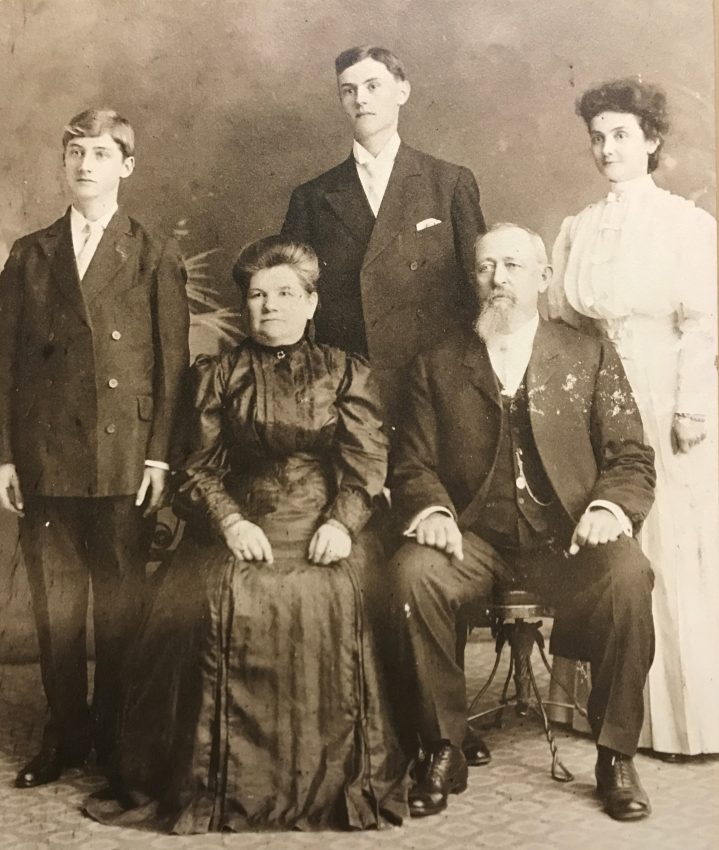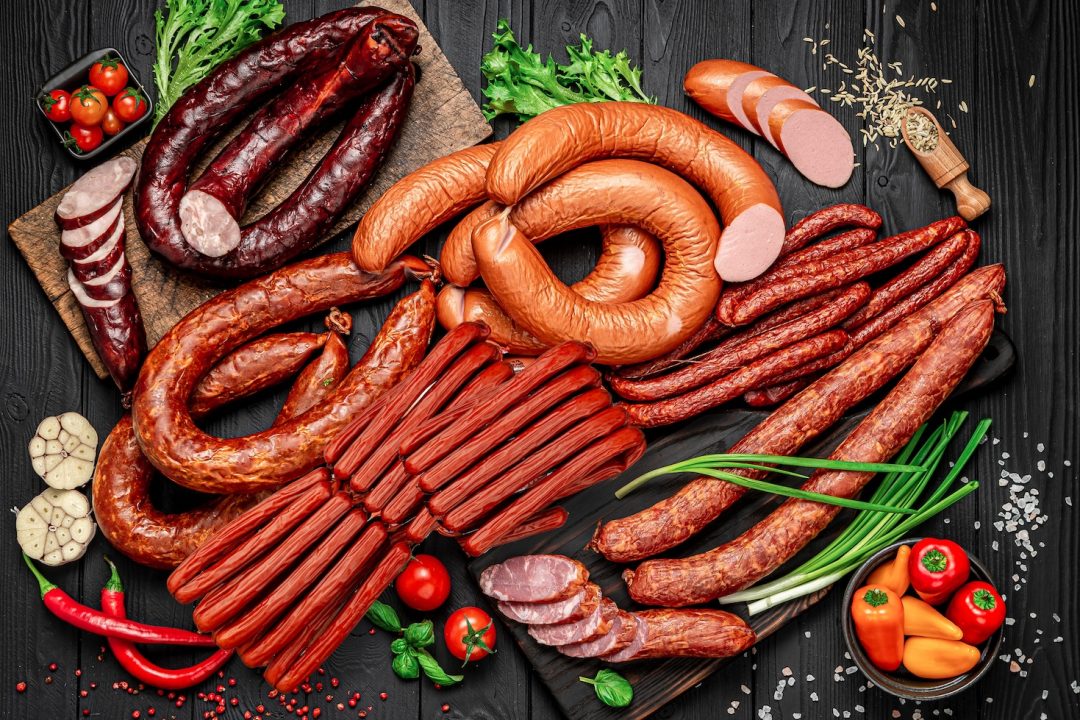When you think of typical Texan foods, brisket and tacos are usually top-of-mind, but no Texas barbecue would be complete without a few links of sausage. Considering all the cultures and communities that call Texas home, our state has a huge variety of sausages to sample: German bratwursts and knackwursts, Polish kielbasa, Mexican chorizo, spicy Italian sausages, Cajun boudin and andouille sausages, as well as Belgian, Alsatian, Czech, and other varieties. If anything, sausage is a constant across Texas cultures.
Sausage making has roots in antiquity as a way of preserving meat. The word “sausage” evolved from the Latin word “salsicus,” meaning prepared with salt. Typically, sausages were produced with meat trimmings mixed with salt and fat content, stuffed into casings, then smoked, dried, or cured. Mold would often grow on the casings, and as we’ve learned through science, molds such as penicillin hinder bacterial growth, so the meat encased within was preserved in an anti-bacterial shield.
It makes sense that sausage would play a part on the Texas Frontier. It was a necessity for preserving meat until the discovery of refrigeration. Finding a meat grinder in the Institute of Texan Cultures’ demonstration collection, specifically from the sharecropper cabin, led ITC researchers to stories from the 19th and 20th centuries, documenting African American communities in Texas developing their own methods for sausage making.

ITC educators found this meat grinder in the sharecropper cabin, from the African American Texans section. It was used in sausage making.
“Sausage is a product of both necessity and creativity,” said ITC Associate Vice Provost Monica Perales, a food historian. “Historically, ensuring a family’s food security required using as much of an animal as possible and preserving food for the future. The creativity came in the form of experimenting with different techniques, flavors, and ingredients. Today, sausage can be a meal, a side, or an ingredient that reflects many cultural influences — think bratwurst served with cabbage and potatoes, andouille in gumbo, or chorizo and egg breakfast tacos. Texas communities and families put their own signatures on sausage, and today, it’s part of our food traditions.”
Sharecropper communities would come together for a hog killing. They’d eat what pork they could, then prepare for sausage making with the trimmings, including organ meat. African American recipes often incorporated rice and vegetables such as okra, black eyed peas, bell pepper and onion. The mixture may sound strange, but a quick look shows these vegetables as common ingredients in Cajun boudin sausages. The East Texas origin of the ITC sharecropper cabin aligns with the Cajun cultural influence in the region. It follows that the community’s sausage-making methods and tastes take on a Cajun flavor.
Using sausage as a link to more Texas stories, ITC research on the Polish Texans shows the Kiolbassa family arriving in Panna Maria in 1854, and family members moving to San Antonio in 1858. Rufus Kiolbassa and his wife Juanita started Kiolbassa Provision Company in 1949, slaughtering pigs and making small batches of sausage smoked over hardwoods. They operated the company into the 1960s. Their son Robert took over the business upon Rufus’ passing. Today, Rufus and Juanita’s grandson, Michael, runs the company and sticks to the original recipes his family created.

Kiolbassa family in Panna Maria, Texas, 1854
“It’s an honor to carry the family legacies of making our products in authentic Polish and Eastern European methods into our 75th year and beyond,” said Michael Kiolbassa, CEO. “These legacies mean even more to me today as I remember the times I enjoyed our sausage as a child with my family. This has led us to never waver on our quality, our culture, or our commitment to our community…values that resonate with food and sausage lovers everywhere. We are proud to be a part of the landscape of Texas food traditions!”
The Institute of Texan Cultures is developing a curriculum called “Savoring Diversity,” focusing on Texas food traditions, with a specific focus on sausage in African American communities. Savoring Diversity aligns with the Texas Essential Knowledge and Skills (TEKS) standards in Language Arts, Social Studies, and Science. Online resources will include multimedia such as interviews and animations, object images, and guides to finding additional resources.
The lesson plan will publish on the Smithsonian Learning Lab in time for the school year. The Smithsonian Learning Lab is an interactive platform that offers access to millions of digital resources from the Smithsonian Institution.
Food traditions and Texas lore offer a variety of engaging stories and the ITC will continue to delve into these stories that built the Texas we know today. We look forward to sharing more about the cultures that define and unite us. Keep up with @TexanCultures on Facebook, Instagram, X, and LinkedIn; and TexanCultures.utsa.edu for more great stories.
